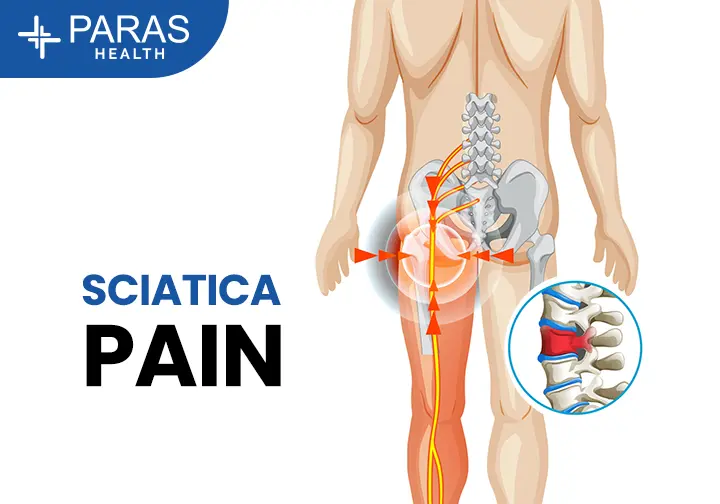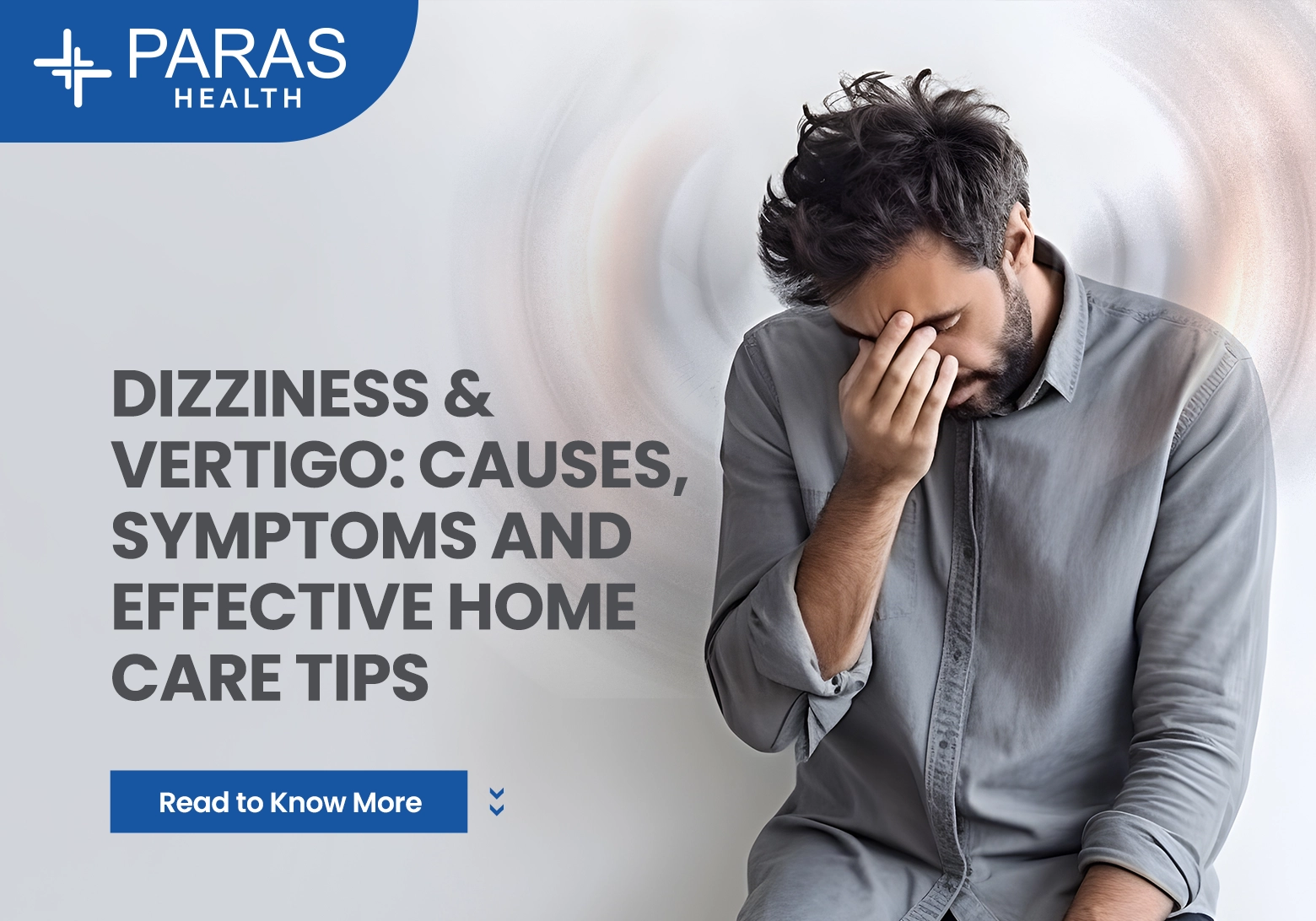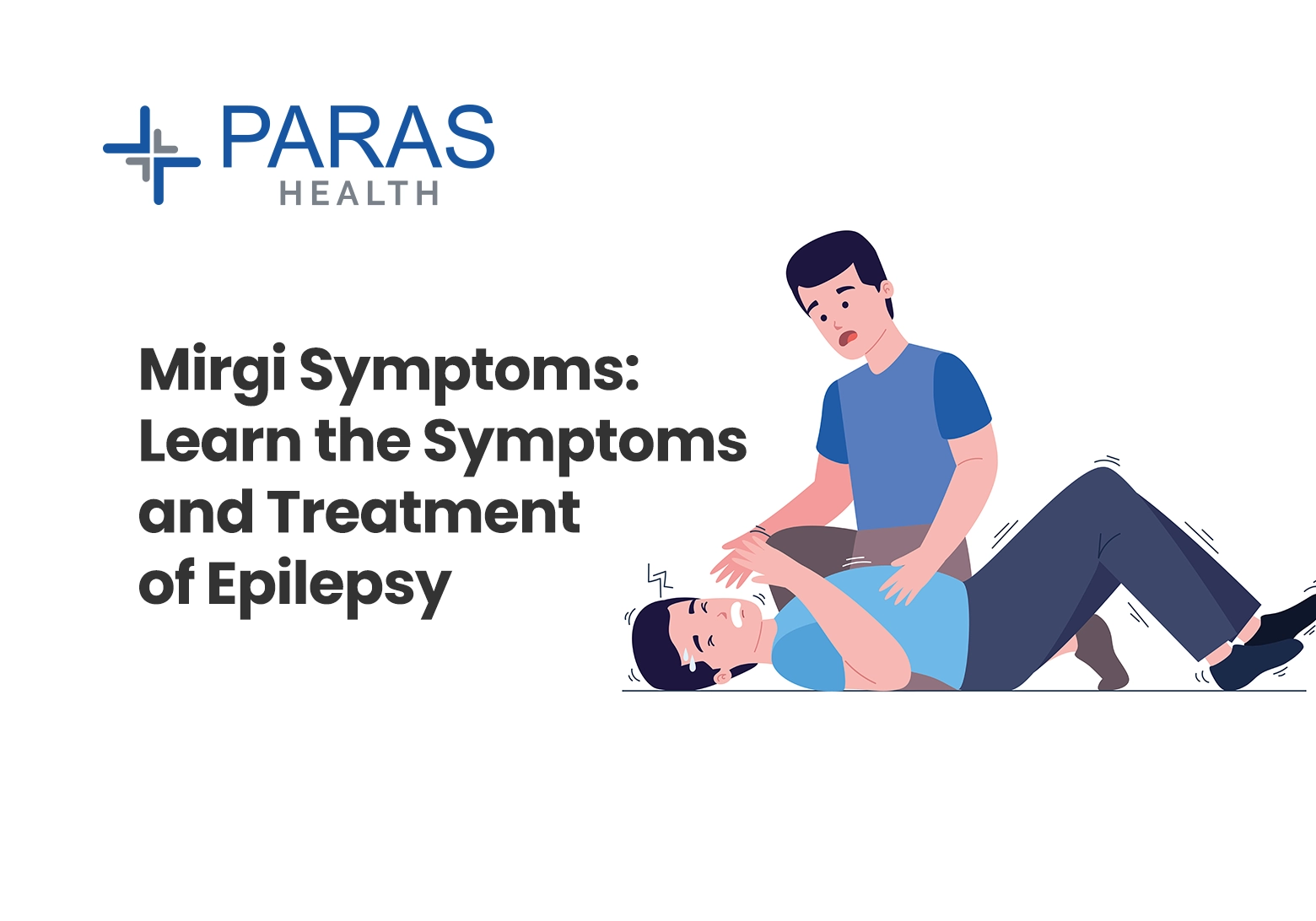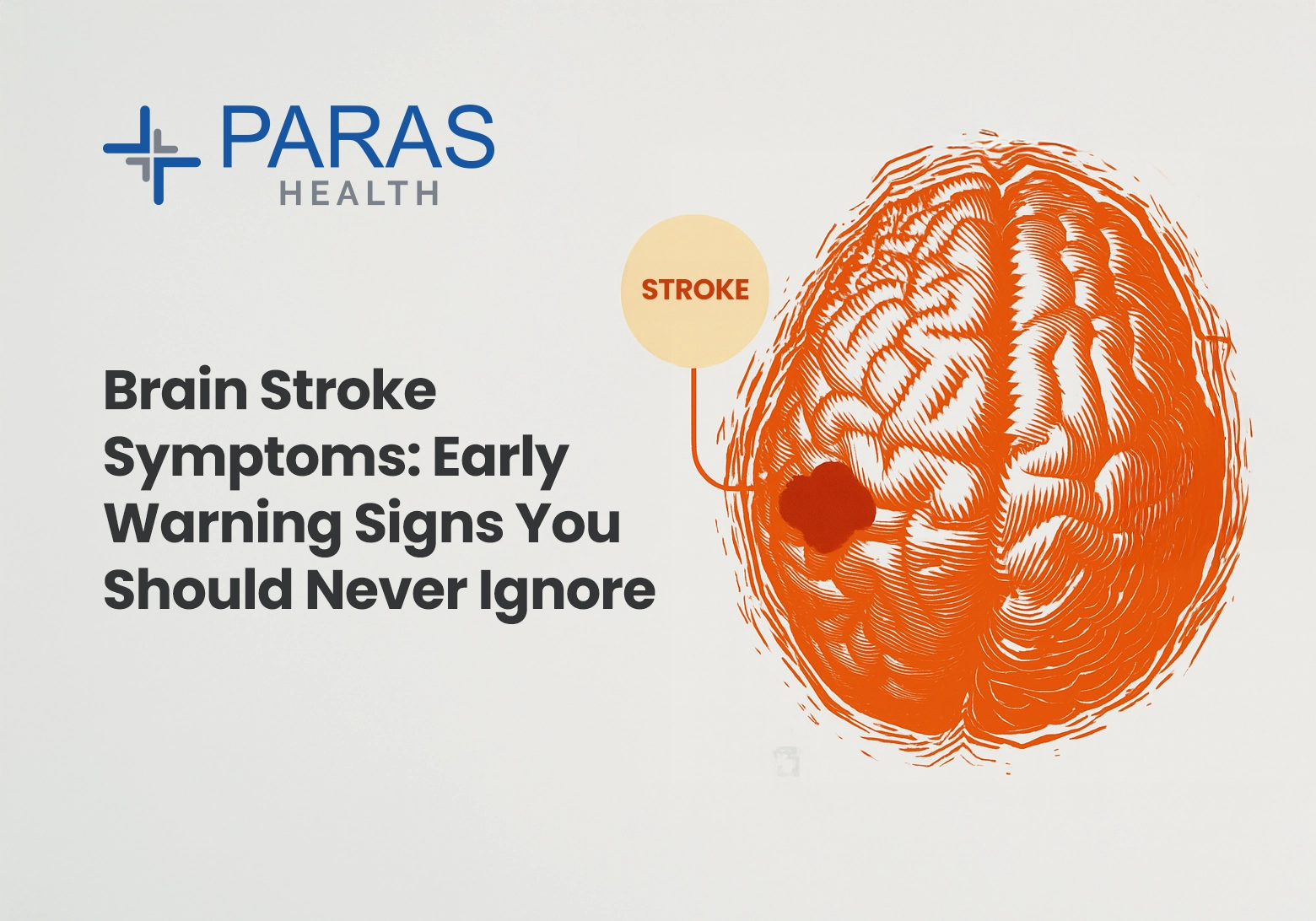Stroke -How to Identify and Treat ?
Apr 19, 2022
Stroke is one of the leading causes of disability & mortality worldwide. The problem is further compounded in lower-middle-income countries including India due to poor health care resources. Stroke is defined as abrupt onset focal neurological deficit of vascular origin lasting more than 24 hours. There are two types of stroke – Ischemic stroke (85%) & Haemorrhagic stroke (15%).
The common risk factors for stroke are DM, hypertension, obesity, smoking, Tabaco chewing dyslipidaemia family history etc. Symptoms of stroke can be identified by mnemonic BEFAST. The B-balance problem, E-eye movement abnormality, F-facial deviation, A-arm weakness, S-slurring of speech, T-time to act. Blood pressure is usually increased due to autoregulation. It is very difficult to differentiate ischemic stroke from haemorrhagic one but some points favour haemorrhagic stroke. 1. If there is very high BP (Systolic >220 and Diastolic >130 mm of Hg), 2. Altered level of consciousness, 3. Seizure, 4. Recurrent Vomiting.

For the management of intracerebral haemorrhage conservative approach is followed most of the times. Some large hematoma with increased intracranial pressure and decreased level of consciousness may need surgery. For ischemic stroke, the management depends on the time of presentation to the medical facility from the onset of stroke. If the patient is in the window period (within 4-5 hours of stroke symptom onset). He or she should be thrombolysis with intravenous tPA or IV Tenecteplase after imaging (MRI brain with angiography or CT scan) and ruling out absolute contraindications. Patients who are not the suitable candidate for thrombolysis or presented within 24 hours of stroke of the anterior circulation, they should be offered mechanical thrombectomy (catheter guided clot removal). Surgical treatment for Ischemic stroke should be considered in patients with large middle cerebral artery territory infarcts and large cerebellar infarcts where decompressive craniectomy is done to prevent brain herniation and to prevent hydrocephalus. Treatment of ischemic stroke after window period is conservative and should be managed with Antiplatelet high dose statin, Physiotherapy and other supportive measures.
Prognosis of stroke depends on the age of the patient site of the lesion comorbid medical conditions & time to seek medical conditions & time to seek medical attention after stroke onset.









